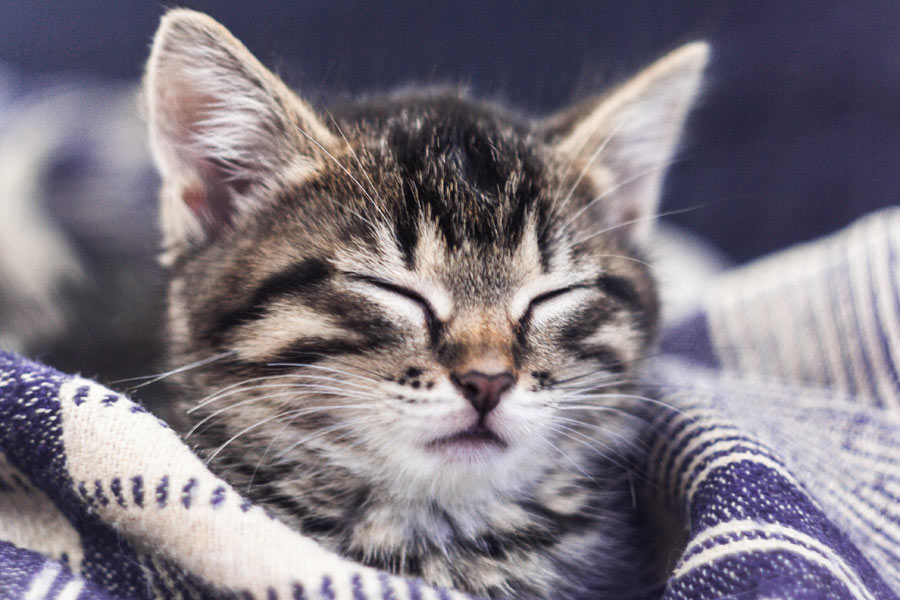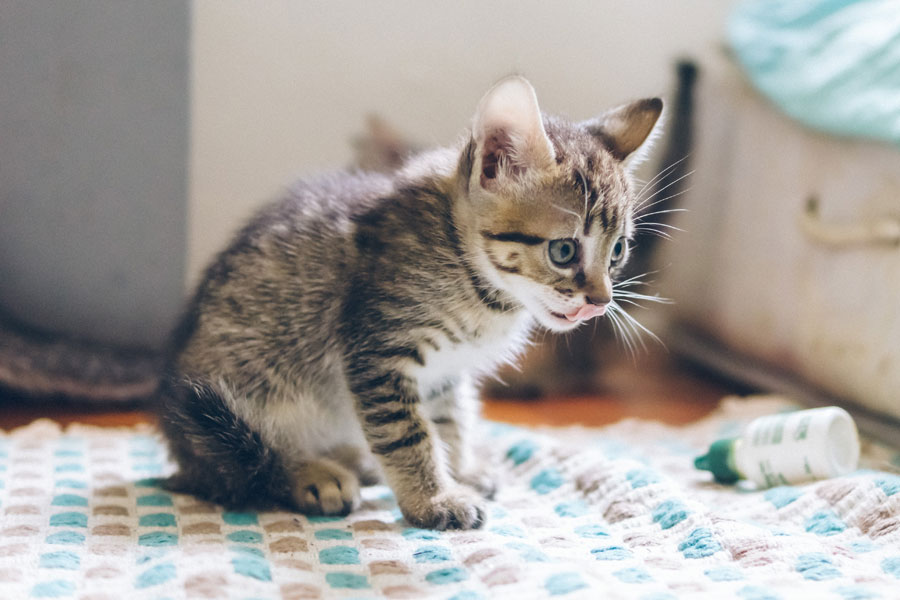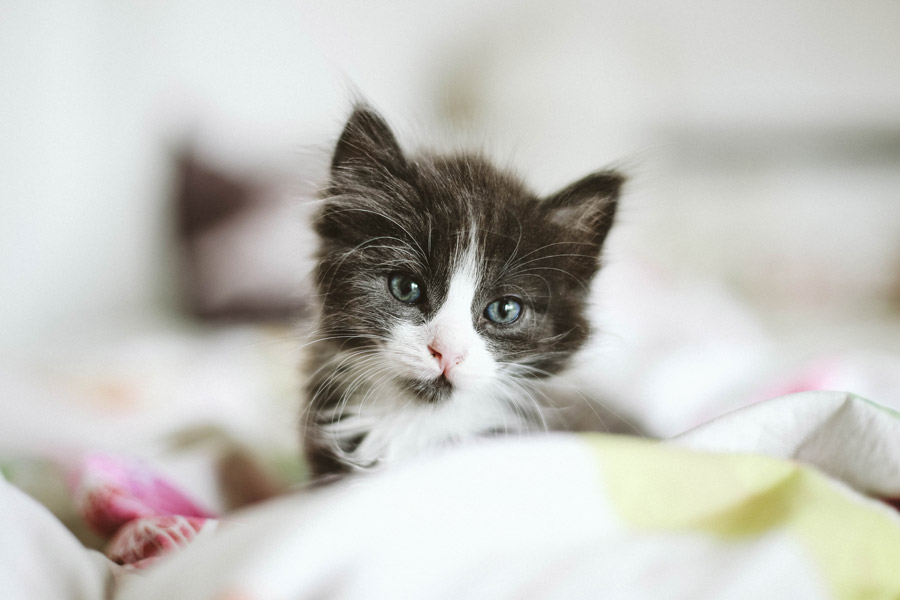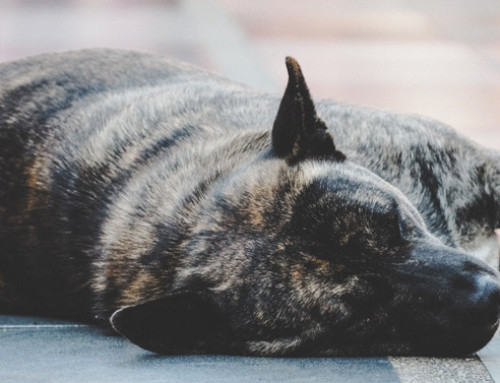A house is full of hidden dangers for a curious kitten. This is why it’s so important to kitten-proof each area of your home.
Certainly, if you want to properly care for your cute-as-a-button kitty (which I’m sure you do) it’s essential to clue up on ALL the hidden dangers.
There are sure to be some parts of your home you think are perfectly safe for your feline friend. However, on closer inspection, you’ll soon realise there are many hidden hazards. So be prepared to look closely — and from your kitty’s eye level!
Tips to kitten-proof your house
Bringing home your bundle of paws should be all about having fun—not frantically running around snatching up threatening objects that could cause your pussycat to say me-‘owwwww!’
Unlike puppies, kittens can jump and climb, which can make kitten proofing your house twice as hard as puppy-proofing it. Not only do you need to think about the potential perils at ground level, but the jump-level jeopardies too.
By far the simplest way to kitten-proof your home and prepare for the arrival of your pocket-sized pal is to work your way through your house room by room.
Kitchen and laundry
Make sure chemicals and other potentially dangerous liquids are stored in a cupboard where kitty can’t get his claws on them. It’s easy to forget that many household cleaners are toxic to cats. What’s more, cats are curious creatures so it’s not unusual to find them sniffing out things they shouldn’t.
Ensure any hanging wires are secured.
Keep washing machine and tumble dryer doors closed. Why? Because a dryer with nice warm clothes in it and an open door is a very inviting place for your furry friend to snuggle up.
Keep the kitchen counter toxin free. Apart from obviously making sure no sharp utensils are left lying on bench tops, beware of toxic foods. Foods to be mindful of include: salt, onions, garlic, xylitol (artificial sweetener), and chocolate.
Keep knife blocks and anything else containing sharp utensils back against the wall (to prevent them from being knocked over) or move them into a drawer.
Keep plastic shopping bags far away from Felix. These can cause choking and suffocation.
Food scraps will need to be cleared away pronto—before you catch Percy the Persian choking on a chicken bone.
Bathroom
Keep the toilet seat down. I hear women rejoicing, but seriously, lots of kittens and cats have drowned in the toilet.
Keep medicines, tablets and cleaning detergents far away from your troublesome tomcat.
Bedroom and living area
Clear away any breakable objects. The last thing you want is your Burmese breaking a family heirloom.
Forget cosy candlelit evenings when puss is around. A naked flame is a big no, no. Also, if you have an open fire, be sure to get a sturdy screen before bringing a kitty home.
If you have a penchant for indoor plants, you’d better check that they’re not toxic for your pussycat; many plants are harmful to cats. Common culprits include lilies, poinsettia, daffodils and azaleas. Check out other pet toxins to be mindful of too.
When to kitten-proof your house
The short answer is not the minute you get home with your new purring pal!
Start thinking about the dangers for a curious kitten a couple of weeks before you intend to bring kitty home. This will help prevent you from overlooking hazards and give you enough time to fix things up.
If you have kids, you might want to chat with them about the dos and don’ts of caring for kittens and highlight some of the common household dangers, like leaving doors and windows open to allow Felix to flee.
On a positive note, bring home a new kitten is a great time to teach your kids about the importance of putting away their things. After all, detachable string and toys with small removable parts can be VERY dangerous for kitty!
Have you run into any trouble when bringing home a new kitten?
Image source: Unsplash.com









Leave A Comment